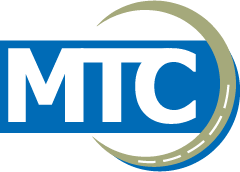Project Details
23-866, TR-824
07/01/23
02/28/26
Iowa Department of Transportation
Iowa Highway Research Board
Researchers
About the research
This research aims to develop, test, and implement a cost-effective ultra-high performance concrete (UHPC) mixture design tailored to equip new bridge decks with a protective layer against environmental and mechanical stressors. For this purpose, utilizing the ingredients available from local resources and regional suppliers in Iowa, the non proprietary UHPC mixture design developed for Iowa bridges will be further optimized, especially to achieve the expected balance between flow and viscosity. With completing a set of laboratory investigations, the outcome will provide a UHPC mixture design enabled with thixotropic properties required for bridge deck and overlay applications. In the next step, laboratory trials will be performed to determine the most optimal surface preparation and curing regime. This will directly assist contractors with the field implementation of non proprietary UHPC for target applications. In the proposed project, the developed thixotropic non-proprietary UHPC will be used (as overtop) to construct the deck of a new bridge structure identified by the Iowa Department of Transportation’s Bridges and Structures Bureau. This candidate bridge deck will provide a unique testbed to apply and further evaluate the performance of the developed UHPC mixture in a real field setting. The scope of field work will involve both short- and long-term studies. The short-term investigations will cover the practical aspects and considerations that must be figured out to successfully add a layer of non-proprietary UHPC to the normal concrete substrate. On the other hand, the long-term investigations will closely monitor the integrity and overall condition of this new bridge deck system over time. For this purpose, a dense array of instrumentation will be utilized, while regular inspections will be performed in parallel. The outcome is expected to benefit from the superior strength and durability of UHPC to address the long-standing issues associated with the deterioration of bridge decks.
